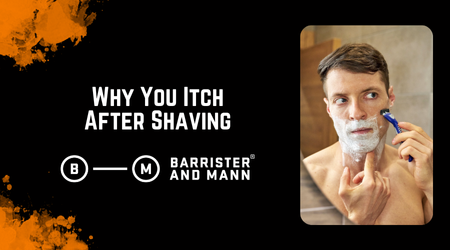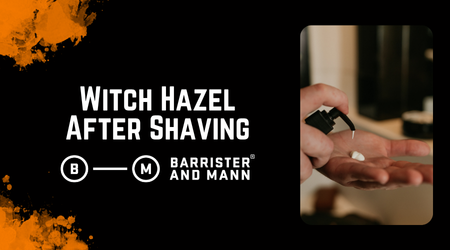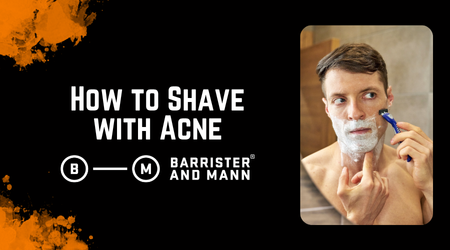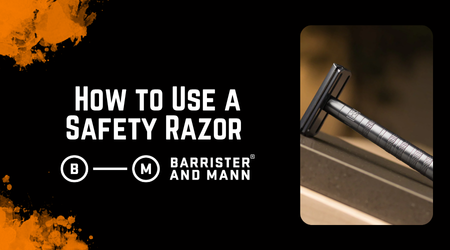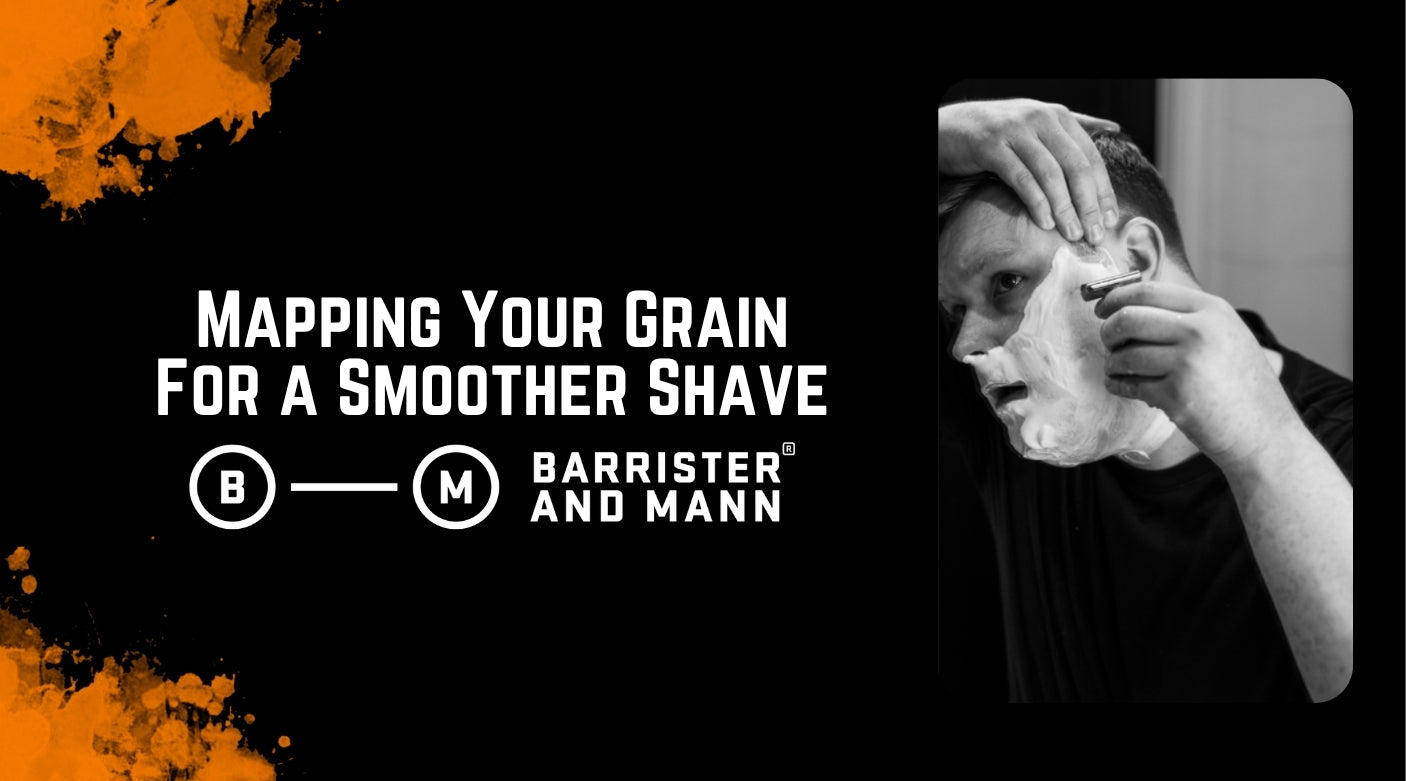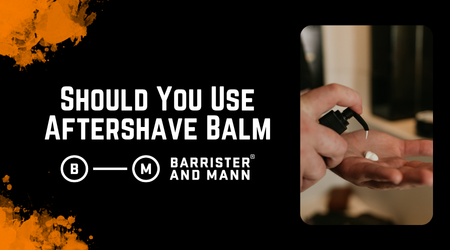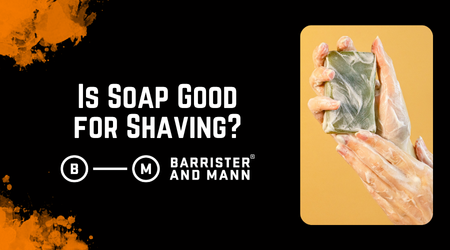Noticias
Shaving Foam Ingredients to Avoid for Healthier Skin
Canned shaving cream contains drying alcohols, synthetic detergents, propellants, and questionable preservatives that irritate skin, increase razor burn, and offer no long-term skin benefit. Better...
Why You Itch After Shaving—and How to Stop It
Itching after shaving is caused by inflammation, friction, and skin barrier disruption. It often appears hours later, especially on areas like the neck, groin, and...
Witch Hazel After Shaving: Benefits, Risks, and Best Uses
Witch hazel is a plant-derived astringent used to soothe post-shave irritation, reduce razor burn, and support healthy skin. It appears in toners, aftershaves, and grooming...
How to Shave with Acne Without Making It Worse
To shave with acne-prone skin, begin with gentle exfoliation and hydration. Use a sharp single-blade razor, non-comedogenic shave products, and avoid alcohol-based aftershaves. Treat shaving...
How to Use a Safety Razor for a Smoother, Cleaner Shave
A safety razor gives a smoother, cheaper, more skin-friendly shave than cartridges. Use a light touch, hold the blade at a 30-degree angle, and shave...
Shave Mapping | Mapping Your Grain For a Smoother Shave
Shave mapping means learning the direction your hair grows in each zone of your body so you can shave with or across the grain, reducing...
Should You Use Aftershave Balm? Benefits & Best Ingredients
Aftershave balm is good for your skin. The right formula soothes irritation, restores moisture, and supports skin barrier repair without greasiness or sting. It is...
Should You Pop Razor Bumps? Here’s the Better Fix
Razor bumps are inflamed ingrown hairs, not pimples. Popping them introduces bacteria, worsens inflammation, and can leave lasting scars. The safest fix is prevention, not...
Is Soap Good for Shaving? What to Know Before You Lather
Shaving soap is a specialized soap designed to cushion the blade, soften the hair, and protect the skin. It builds a dense, slick lather that...

